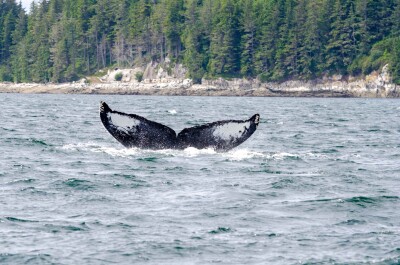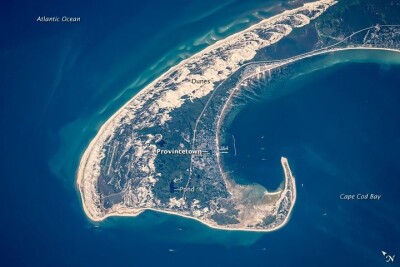2020 has tested the seafood industry in new and unexpected ways. But for a lobster industry rooted in an ethos of resilience, there is room for optimism.
In 2019, lobster accounted for 73 percent of all commercial landings in Maine by value. But at the start of the covid-19 pandemic, the fate of the lucrative industry felt uncertain.
“There was a lot of panic early on. There were actually people advocating shutting down the season,” says John Norton, president of Cozy Harbor Seafood, a Portland, Maine-based processor and distributor of mostly frozen lobster products.
“But we’re fortunate that lobster is a food that is highly regarded (and) has significant markets in both retail and food service,” says Norton.
Patrice McCarron, executive director of the Maine Lobstermen’s Association, agrees. “There was a lot of anxiety and pessimism going into 2020 over the near shutdown of restaurants and the entertainment industry. It was a very sluggish start. Lobstermen were careful not to set more gear than needed, and many waited to set gear this year.”
For Steve Train, a veteran lobsterman from Long Island, Maine, “the price was low early in the summer. But as demand increased beyond expectations, it climbed closer to where it should be.” By early fall, live lobsters were about $8 in the wholesale market, in line with previous years.
“Price varies widely along the coast, and there is a complicated bonus system making it difficult to understand what is actually being paid on any given day in any given area of the coast,” adds McCarron. “However, lobstermen have consistently reported that prices stabilized this fall, either reaching or exceeding 2019 prices.”
At Harbor Fish, a popular retail market on Portland Maine’s waterfront, co-owner Nick Alfiero says during the six-month shutdown, their retail was limited to just curbside and home delivery.” But air freight sales — FedExing lobster overnight around the country increased.
“At first, we scrambled to get online purchasing added to our website, and once we did, we did see an increase,” says Alfiero. “People in Florida, or all over the country, would have us ship their product.” Alfiero says that in early June and July, lobster prices were depressed, but that their boat price never plummeted to the point of hopelessness.
“Once shedders started rolling in, in June, boat price was around $3.25 per pound, then jumped to $3.25 to $3.50 through July, which is still pretty low compared to last year.” By the end of August, prices were $4. Through September, they got up to $5 per pound, which is where they were in November.
The next test for the industry, says Alfiero, are the holidays: Thanksgiving, Christmas and New Year’s.
“My guess is prices will stay strong, as some boats tie up, prices will stay strong,” Alfiero adds, noting that the fall is the end of the season for a lot of inshore fishermen. Another consideration is related to potential federal action to protect endangered North Atlantic right whales, which lobstermen say would have vast negative impacts on the industry.







